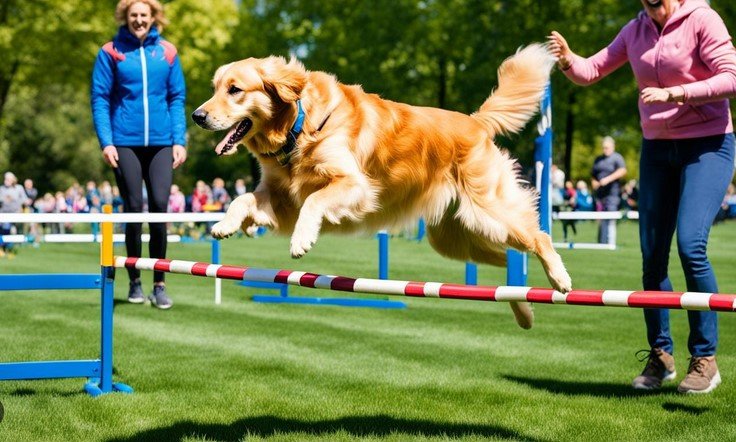Training techniques for a well-behaved dog are essential to establish a strong bond with your pet while ensuring good manners and obedience. Consistent training, positive reinforcement, and clear communication are key to shaping your dog’s behavior. By following these techniques, you’ll create a well-behaved, happy dog that listens to your commands and enjoys a positive relationship with you.

Start with Basic Commands
Training techniques for a well-behaved dog begin with teaching basic commands such as “sit,” “stay,” and “come.” These foundational skills are crucial for a dog’s safety and obedience in everyday situations. To start, use treats or toys to encourage your dog to follow the commands. For example, hold a treat above your dog’s nose and move it slowly backward to encourage them to sit. Once they sit, reward them immediately with a treat and praise.
Consistency is important, so repeat the same command several times throughout the day. Reinforce good behavior with praise and rewards, which helps your dog associate the action with a positive outcome. Once your dog masters the basic commands, continue practicing in different environments to ensure they obey even with distractions.
Use Positive Reinforcement
Training techniques for a well-behaved dog rely heavily on positive reinforcement to encourage desirable behaviors. Reward your dog with treats, praise, or playtime whenever they follow a command or display good behavior. Positive reinforcement makes training enjoyable for your dog and strengthens their desire to obey commands.
Avoid using punishment or negative reinforcement, as this can lead to fear and anxiety in your dog, making training more difficult. Instead, focus on rewarding the behaviors you want to see repeated. For instance, when your dog walks calmly on a leash without pulling, praise them and give them a treat to reinforce the behavior.
Positive reinforcement also includes clicker training, where a clicker sound is paired with a reward. Over time, your dog will associate the sound with positive reinforcement, making it easier to communicate which behaviors you want them to continue.
Consistent Practice and Patience
Dog obedience training require patience and consistency. Dogs thrive on routine, so regular training sessions are vital for them to learn and remember commands. It’s best to keep training sessions short—around 10 to 15 minutes—so your dog stays focused and engaged.
Training in a quiet environment free from distractions helps your dog concentrate. As they progress, gradually introduce more distractions to test their obedience in different settings. For example, practice commands in your yard, on walks, and in busy parks. Consistency and patience are essential for your dog to understand and retain the lessons.
Dogs may take time to learn new behaviors, and they may not get it right the first time. It’s important to remain patient, as frustration can disrupt the training process. If your dog struggles with a particular command, go back to basics and reinforce the steps until they succeed.
Socialization is Key
Training techniques for a well-behaved dog include socialization, which helps your dog become comfortable in different environments and with various people and animals. Exposing your dog to new experiences, such as meeting other dogs, interacting with children, and encountering different sounds, prevents fear and anxiety in unfamiliar situations.
Start socializing your dog as early as possible, introducing them to new experiences in a controlled, positive way. If your dog responds well to meeting a new person or another dog, offer praise and rewards. Socialization also helps reduce unwanted behaviors like excessive barking or aggression, as your dog learns to handle different stimuli calmly.
Enroll your dog in obedience classes or group training sessions to provide structured socialization and reinforce good behavior around other dogs. A well-socialized dog is more confident and better behaved, making outings and interactions more enjoyable for both of you.
Conclusion
Training techniques for a well-behaved dog focus on consistency, positive reinforcement, socialization, and regular exercise. By starting with basic commands, using rewards to reinforce good behavior, and practicing in different environments, you’ll build a strong bond with your dog while promoting obedience and good manners. Incorporating socialization and regular exercise ensures that your dog remains calm, happy, and well-behaved in a variety of situations. With patience and dedication, these techniques will help you raise a well-mannered dog that’s a joy to be around.











